Figure 1: Photograph of an OMNA Marine Tourniquet that has been repetitively used scuba diving for over 6 months had no rust, corrosion, or deterioration of webbing or thread.
|
TABLE OF CONTENTS |
||
|
Definitions |
Page |
1 |
|
Windlass Tourniquet Deficiencies in Marine Environments |
Page |
1 |
|
Marine Tourniquet Requirements |
Page |
2 |
|
References |
Page |
3 |
Definitions:
Tourniquet: A medical device applied to a limb that can compress a limb with sufficient pressure to stop arterial bleeding.
Marine Tourniquet: A tourniquet made with marine grade materials so that it can maintain efficacy (effectiveness) when exposed to marine environment elements such as saltwater, UV, etc.
Medical Studies References and Quotes:
Windlass Tourniquet Deficiencies In Marine Environments
According to studies conducted by the U.S. Army Institute of Surgical Research, windlass tourniquets such as the CAT by North American Rescue and others should be kept in the plastic until ready to use to protect the device from the elements 1.
- “CATs are designed to be stored until ready to be used in the protective plastic wrapper in which they are issued to protect the device from the elements - North American Rescue 1.”
Efficacy of CAT tourniquets exposed to the environment outside of its protective plastic wrapper has been shown to lead to a reduction in efficacy of - 40% 2.
- “Tourniquets worn on the plate carrier had an efficacy of 57%, which was significantly lower than the control efficacy rate of 95.2% 2.”
- “Currently, the CAT manufacturer recommends keeping the tourniquet in the plastic packaging until needed to protect the tourniquet from the elements 2.”
Most tourniquets use a windlass bar mechanical advantage system, nylon webbing, and Kevlar thread.
- Twisting of a bar while in the water, and or applying to a victim in the water is difficult and noted in several reports from U.S. Marines to be ineffective. The general requirement of 3+ full turns may be a factor, along with requirement to complete a 180 degree turn of windlass to be able to lock the bar in place.
- Waiting to apply a tourniquet on a boat or shore, allows a victim to lose blood, which could have been kept in the body.
- Nylon webbing absorbs water, Dupont ® reports wet nylon webbing is 15% weaker, and its deterioration rate from exposure is generally high, especially in a marine environment. A study from BYU noted a reduction of strength of 27.8% when wet 6.
- “Kevlar has poor abrasion and UV resistance 4,5.” Therefore, Kevlar is prone to deterioration from exposure, making it incompatible with the marine environment.
MARINE TOURNIQUET REQUIREMENTS
Figure 2: Scuba Diver from Warfighter Scuba applies OMNA Marine Tourniquet during dive.
A Marine Tourniquet MUST be designed for in water application.
- A Marine Tourniquet should utilize a mechanical advantage system that can be self-applied, and or applied to a victim subsurface or on the surface of the water while treading water, or swimming with or without fins or other buoyancy aids.
- The OMNA Marine Tourniquet uses a marine-grade ratcheting buckle system that can rapidly achieve arterial occlusion pressure (AOP) in maritime environments and conditions. This unique system allows the tourniquet to be applied in-water saving precious time from injury to tourniquet application, and keeping more blood in the body.
- People rendering first aid, bleeding control in the water do not have the time to unwrap and apply a tourniquet. In the marine environment a marine tourniquet needs to be immediately available for application.
- Carrying a non-marine tourniquet in a wrapper likely means more plastic pollution in the ocean if used.
A Marine Tourniquet MUST use marine grade materials.
- A Marine Tourniquet has to withstand the harshest environment on earth next to lava. Saltwater, heat, humidity, sand, and other elements constantly bombard a marine tourniquet.
- The OMNA Marine Ratcheting Buckle uses only Stainless Steel, therefore, it is corrosion resistant, and only requires fresh water rinsing for preventative maintenance. (Salinity Testing MIL STD 810) In addition, since it uses only stainless steel the OMNA Marine Ratcheting Buckle is not magnetic like other ratcheting buckles. Why, does this matter? Being non-magnetic matters because magnetic components can interfere with dive computers, and other electronics.
- The OMNA Marine Tourniquet uses proprietary webbing and thread that are hydrophobic (Don’t absorb water), and possess superior strength, UV resistance, and other marine specific properties.
- The OMNA Marine Tourniquet is made to withstand repetitive saltwater and UV exposure of the marine environment. It is the first and only tourniquet designed for the marine environment and maritime professionals.
REFERENCES:
- Childers R(1), Tolentino JC, Leasiolagi J, Wiley N, Liebhardt D, Barbabella S, Kragh JF Jr.Tourniquets exposed to the Afghanistan combat environment have decreased efficacy and increased breakage compared to unexposed tourniquets. Mil Med. 2011 Dec;176(12):1400-3.
- LT Justin Weppner, MC USN; HM2 Michael Lang, USN; HM3 Robert Sunday, FMF USN; HM3 Nicholas Debiasse, FMF USN. Efficacy of Tourniquets Exposed to the Afghanistan Combat Environment Stored in Individual First Aid Kits Versus on the Exterior of Plate Carriers. MILITARY MEDICINE, 178, 3:334, 2013
- Kragh et al. Limb Tourniquet Configuration: Preliminary Investigation of Problems and Principles. JSOM, 2019
- Sabir, T. (2018). Fibers used for high-performance apparel. High Performance Apparel. Materials, Development and Applications. Woodhead Publishing Series in Textiles, Pages 7 – 32.
- Jones, and G. K. Styles. (2013) Joining Textiles, Principles and Applications. Woodhead Publishing Series in Textiles
- Brigham Young University. (2017, April 12). Safety of Tubular Nylon Webbing: The Effect of Wet and Cold Environments. Retrieved from http://jur.byu.edu/?p=21529
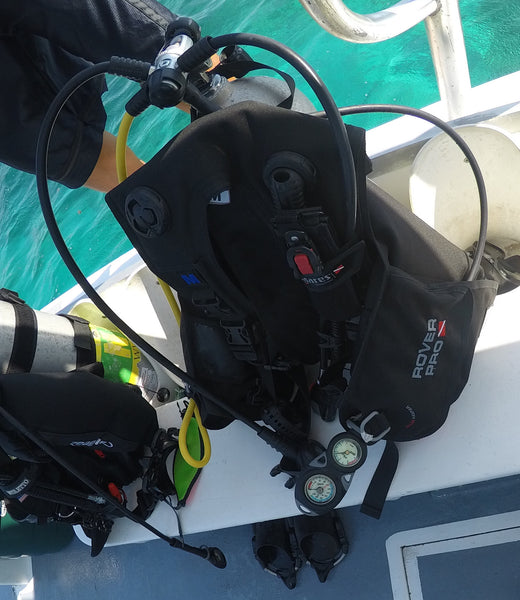
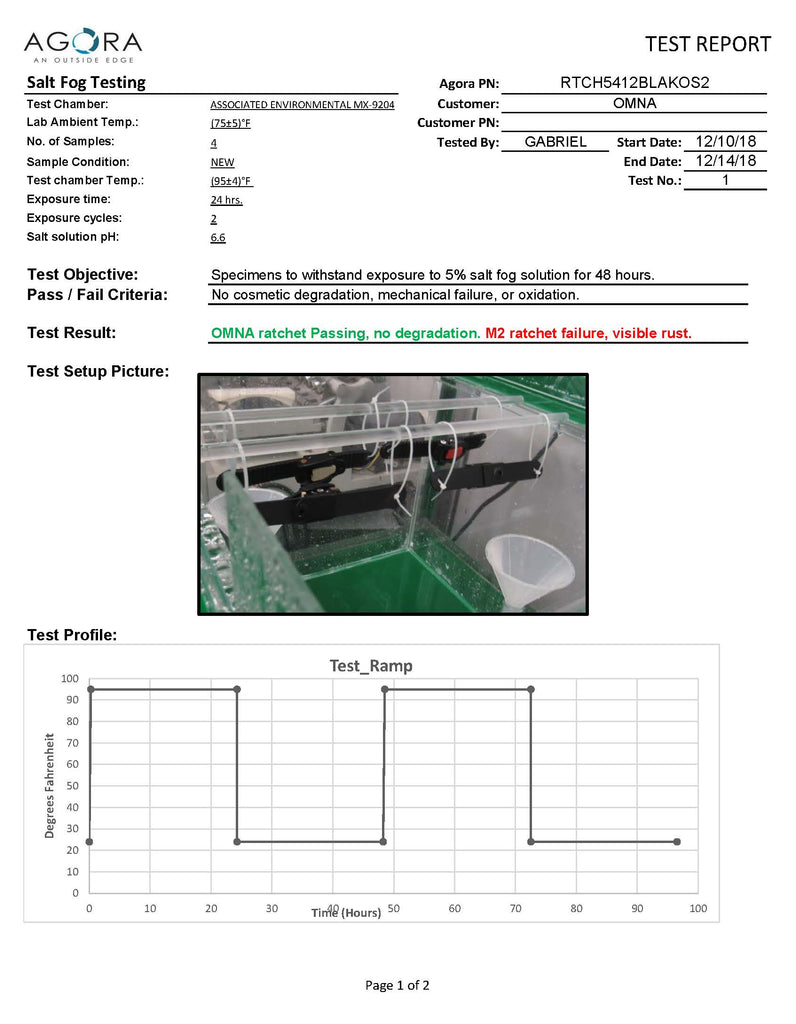
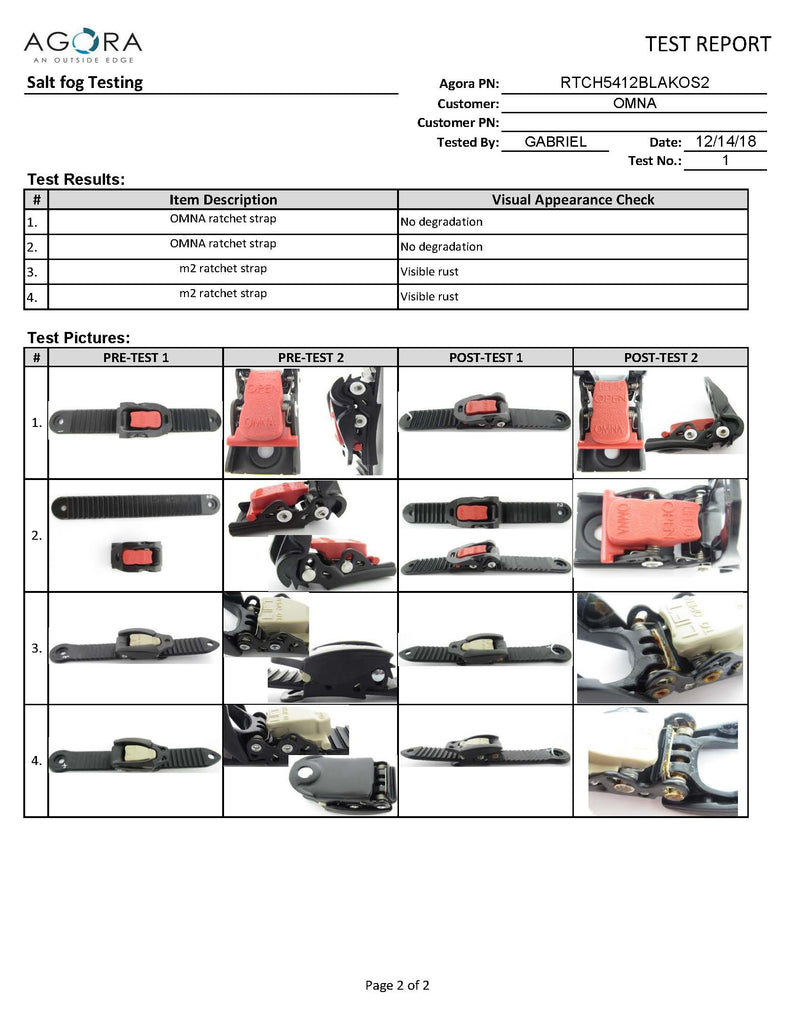
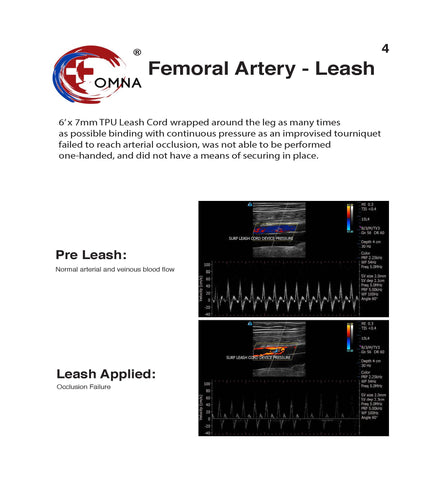



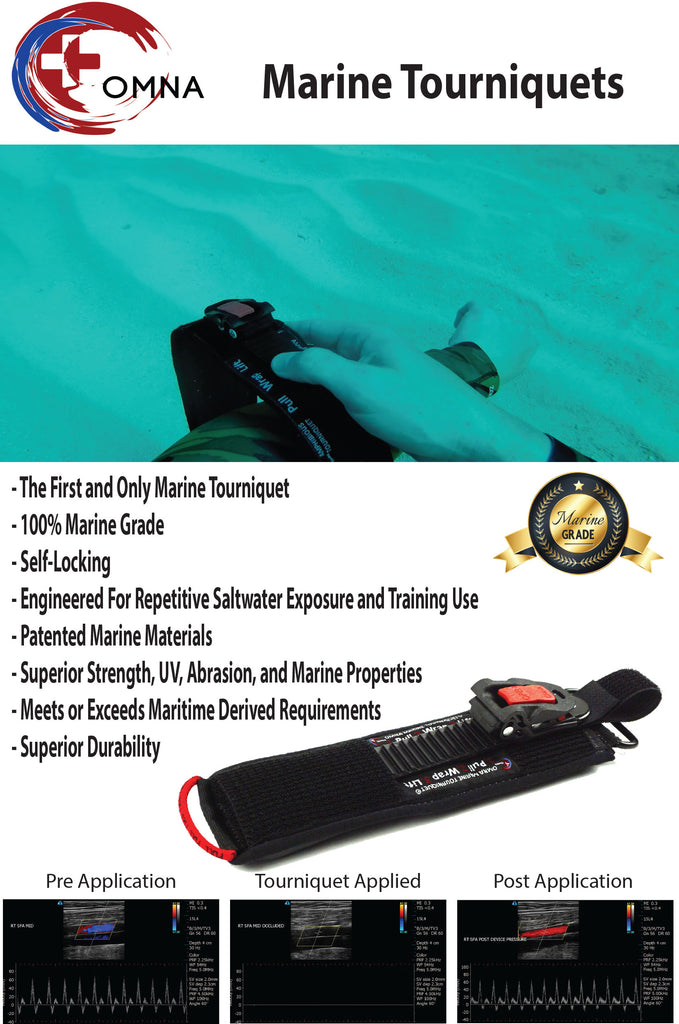

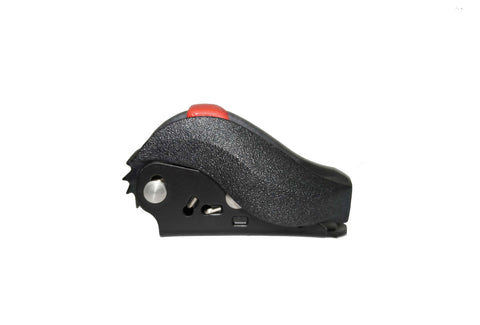
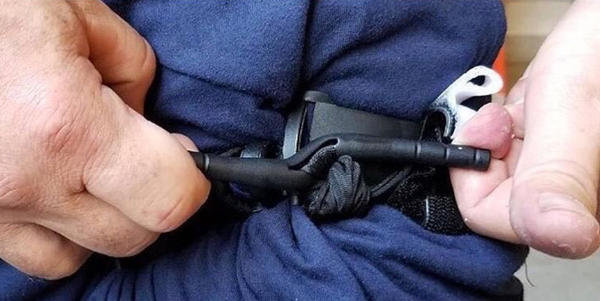
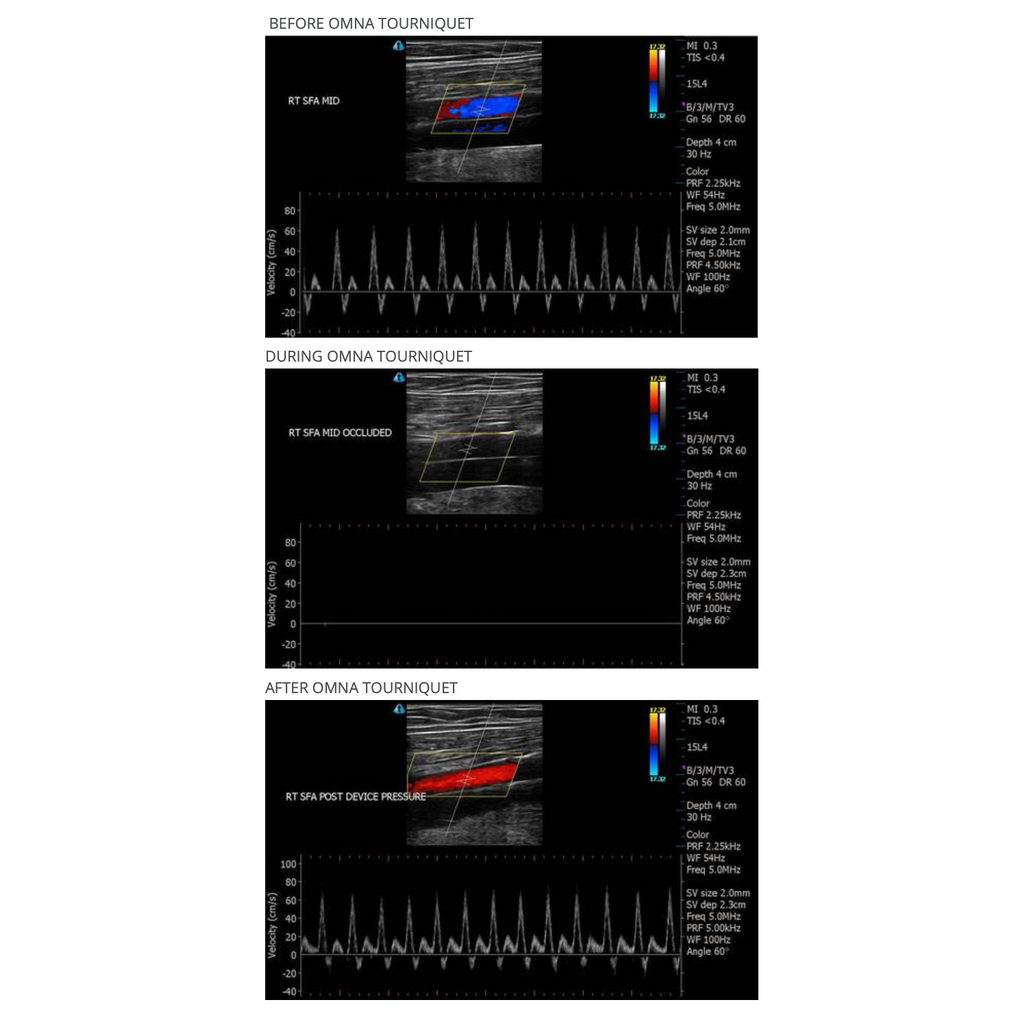
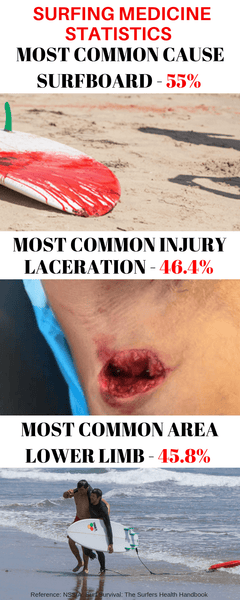
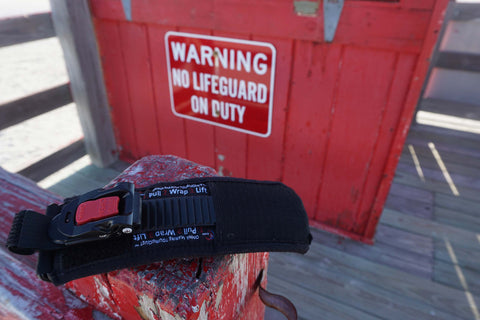




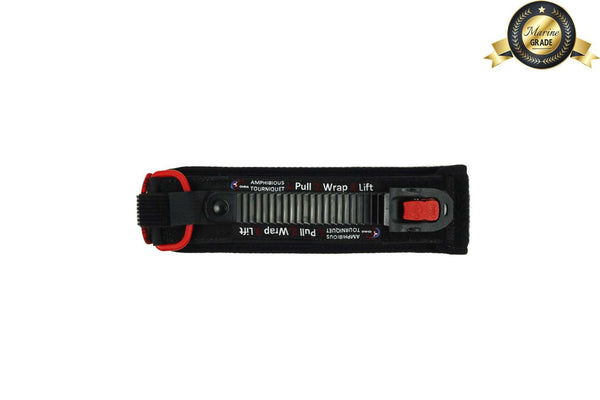
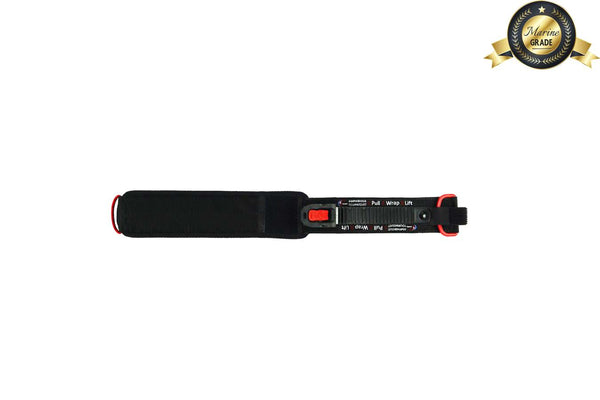

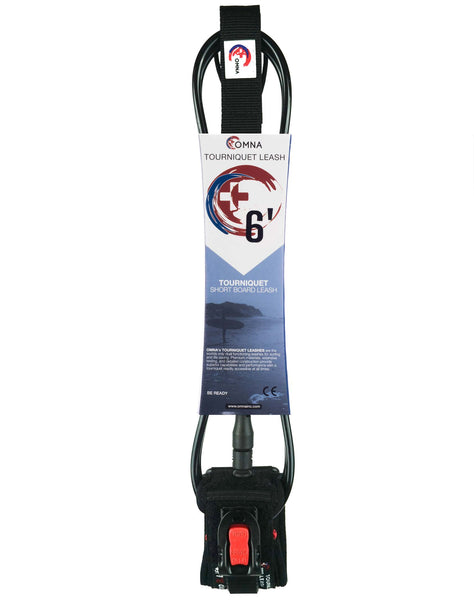





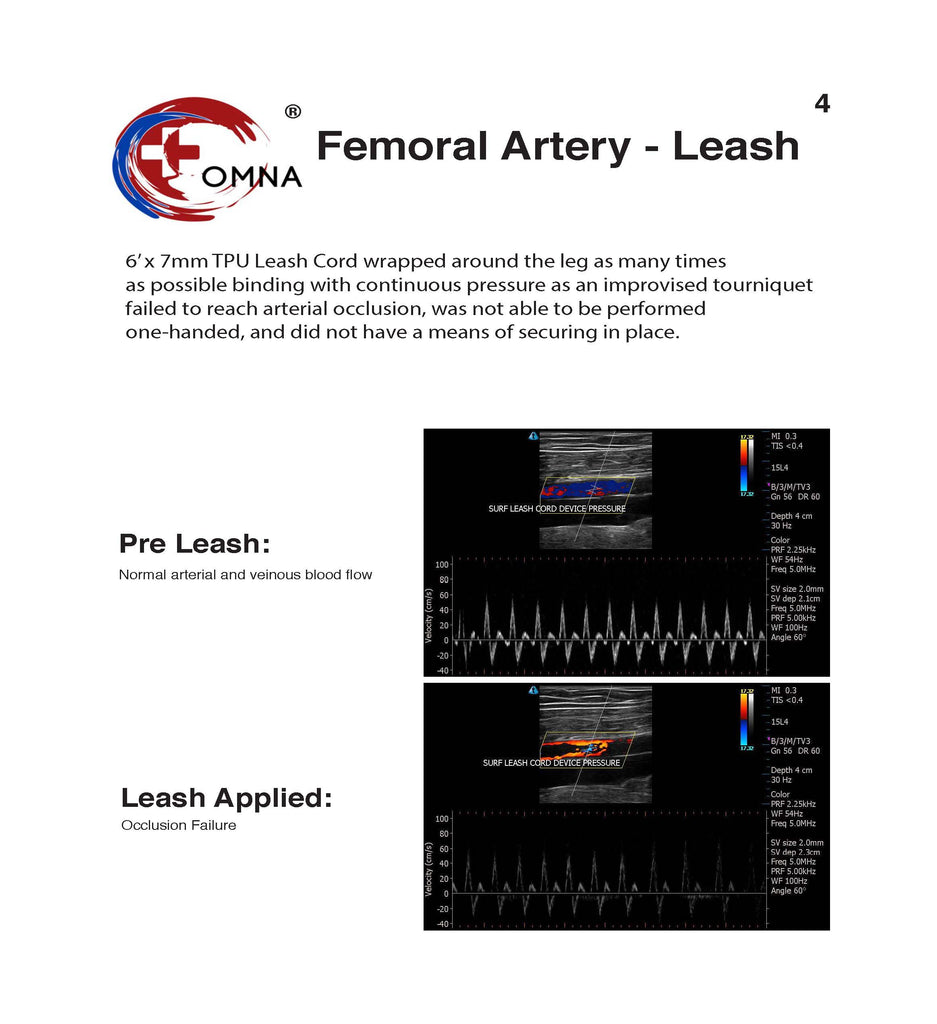






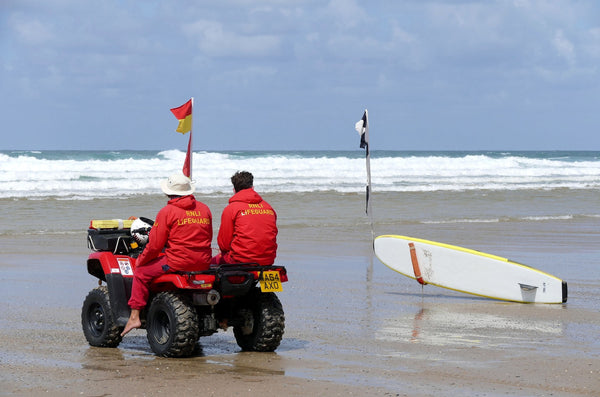

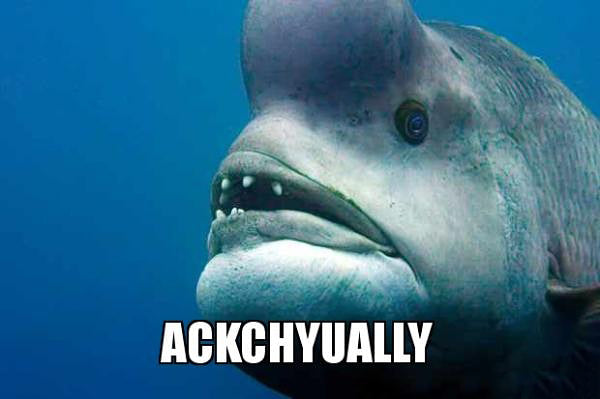


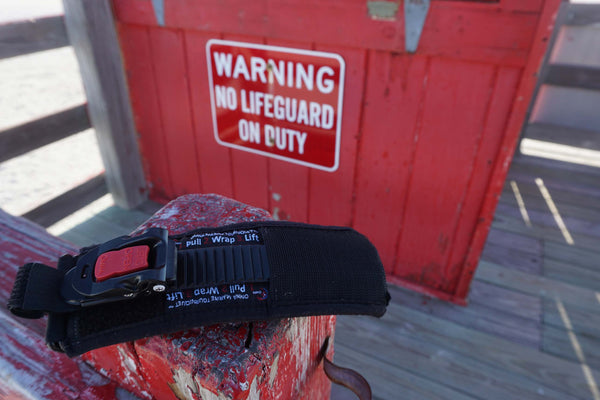
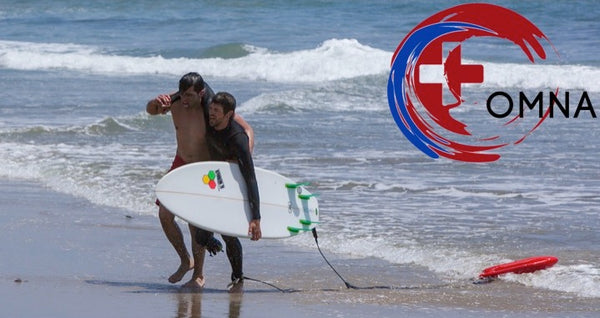
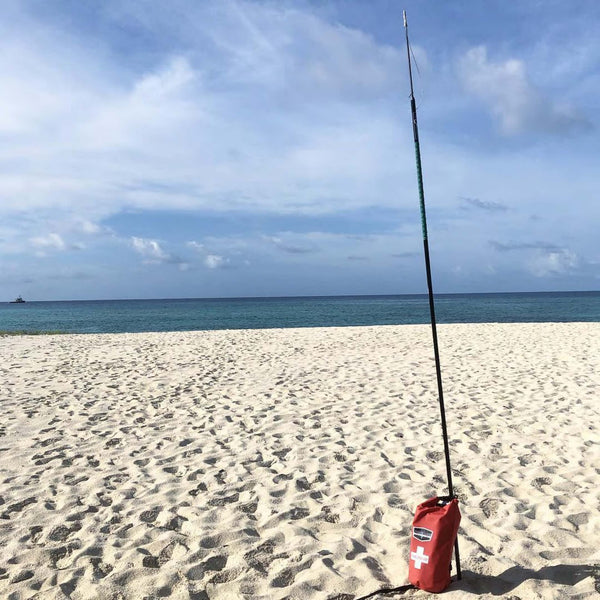

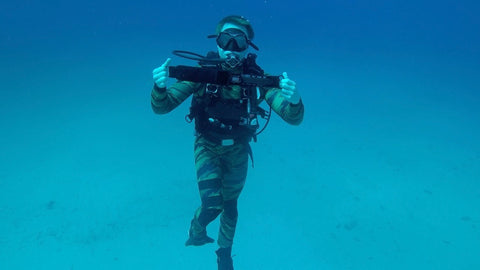
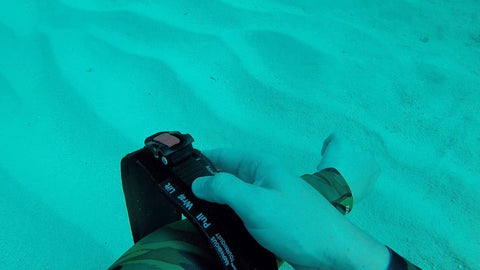








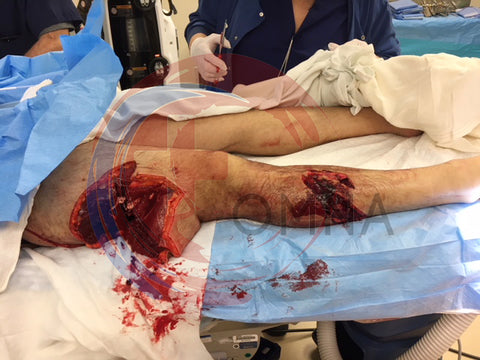
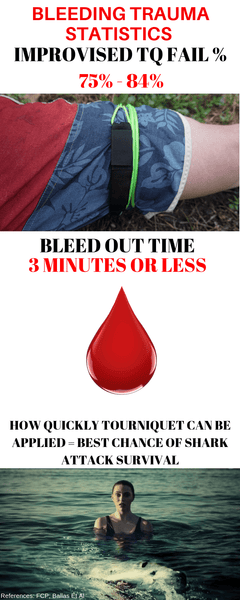
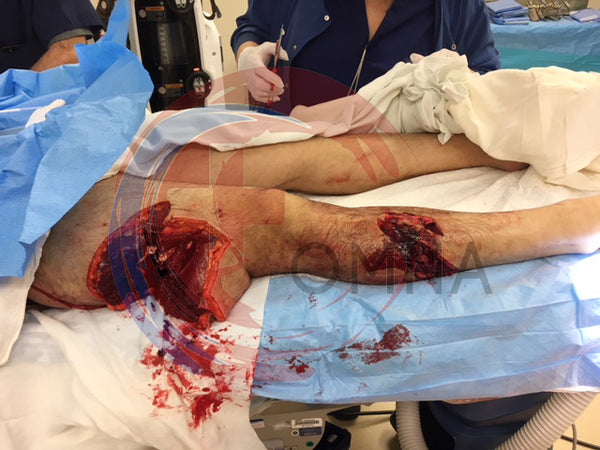
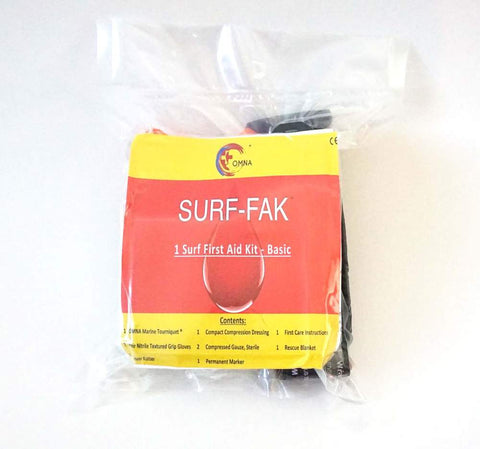
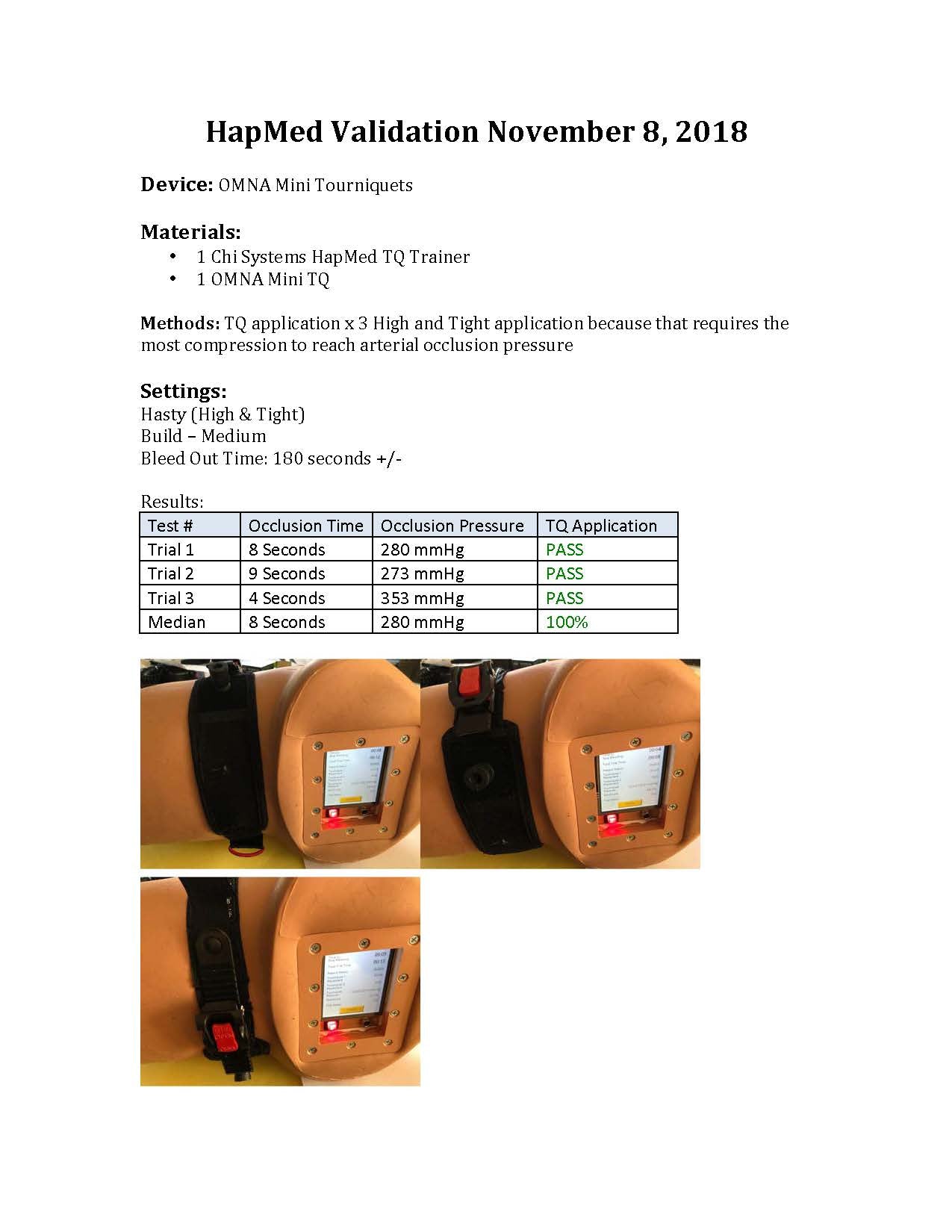 ]]>
]]>